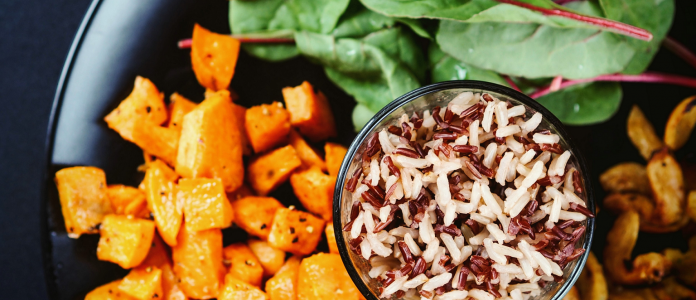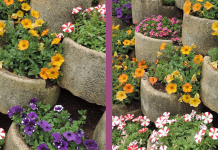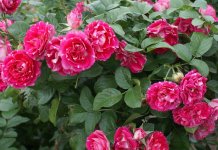There is a well-known saying in the organic world that ‘healthy soil, produces healthy food which produces healthy people.’
In a world full of quick fixes and filling staples, many diets lack the good nutrition needed to sustain a healthy lifestyle, says Donvae Hooker from Andermatt Madumbi, part of global Andermatt group, that provides biological solutions for sustainable food production.
However, since Covid-19, she has observed that organic and eco-friendly options are in the spotlight and consumers are starting to ask themselves important questions and think about food just a little differently.
She believes the most direct connection we can make with our food, is to grow our own. “Anyone who has grown their own food will learn two things: Homegrown food just tastes better and growing your own is hard work.”
It can be hard work, but food gardener Di-Di Hoffman’s sage advice is worth heeding. Start small, be realistic about how much time you can spend in the garden, and only grow what the family likes to eat.

There is another compelling reason for connecting to your food source. It’s a way to involve children so that future generations are not disconnected from nature, despite the overriding influence of technology.
It all starts with the soil, which is the foundation of every garden, says Hooker.
“Healthy soil is a living soil rich in organic material (carbon) and soil microbes that release nutrients for healthy, nutritious vegetables year after year.’
Here’s the first ‘game’ that you can play with your children, and also learn about your own soil:
Make a soil sausage.
Wet an area of soil, collect a handful of soil, roll it into a sausage shape and gently bend.
- If it is very crumbly and breaks before bending it means your soil is sandy
- If it holds its shape and then breaks slightly when bending then it’s loamy soil (ideal)
- If it bends and holds its shape (without breaking), it means your soil is clay
Sandy and clay soil is the least suitable for veggies, but it can be improved with compost and other organic material to improve the carbon content. Crumbly loam is the best for veggies.
Who wants to be a carbon superhero?
What better way to reduce waste and its impact on the environment than by encouraging children to recycle.
A home-made compost heap made from recycling kitchen waste is one way to do it. Compost is a natural source of carbon that supplies nutrients needed by plants and improves sandy or clay soils, making them more suitable for growing veggies.

After each meal, put aside scraps for the compost heap: Eggshells, vegetable peelings, table scraps (not meat), stale bread, pasta and rice, vegetables that are past their best, paper and cardboard, torn into strips.
Combine food scraps with green garden waste and alternate with brown material, like newspaper, dried leaves and dried grass cuttings until the heap is 1m high. Then leave it to decompose.
Good to know: Compost should have a balance of carbon and nitrogen, but this is hard to guarantee.
When preparing the soil for planting, adding a granular carbon-based soil conditioner along with the compost ensures that carbon is added to the soil.
EcoBuz HumiGro can be used as a drench (1 tsp to 5 litres water) or sprinkled over the soil and watered in. It helps to release nutrients, improves the soil structure, and makes fertilisers more effective because the soil is able to retain soil nutrients for longer.
Plant yummy, quick growing veggies

Introduce your kids to the miracle of seeds germinating. Start small, maybe just a patch of soil or a seed tray in which to sow quick germinating radishes, baby spinach, carrots (grown as baby carrots) and lettuce. Garden peas are also a winner and can still be sown directly into the soil in warm, frost free gardens.
Try this: As soon as the seedlings come up, use a liquid fertiliser containing micro-nutrients like boron (B) silica (Si) and calcium (Ca) to lay the foundations for initial plant development. Soil scientists are finding that fertilisers which contain macro-nutrients (nitrogen, phosphorus and potassium) force plants to grow too quickly when used too early. Micro-nutrient blends, like EcoBuz StartGro, can be applied as a drench when planting or transplanting.
For more information, visit www.ecobuz.co.za or www.andermatt.co.za
This article was supplied by Alice Coetzee.






